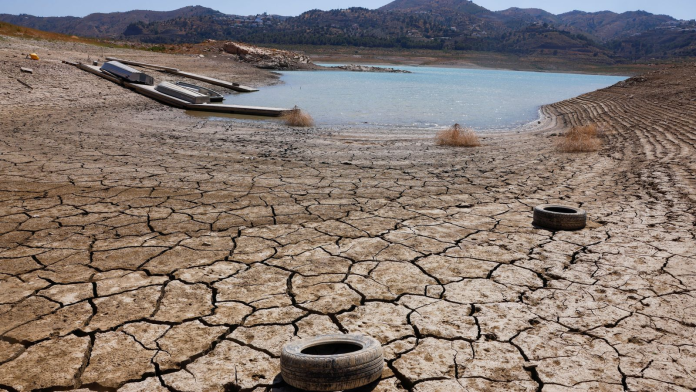A severe spring drought gripping Europe since March is rapidly worsening, with arid conditions now threatening vast swathes of the continent, the European Commission’s Joint Research Centre (JRC) has warned.
Soils in Central and Eastern Europe—including major agricultural hubs such as Poland and Ukraine—are critically parched due to prolonged rainfall deficits and unseasonably high temperatures, disrupting river systems and raising fears over crop yields.
The JRC’s latest European Drought Observatory report reveals that drought “warning” alerts—the second of three severity tiers—now extend across central, eastern, and south-eastern Europe, as well as parts of the eastern Mediterranean. Northwestern Europe, including regions of the UK, Germany, and Benelux nations, is also seeing emerging dry spells.
Only the Iberian Peninsula, southern France, and most of Italy remain unaffected so far. In contrast, Cyprus, Greece, the Balkans, and Turkey have escalated to the highest “alert” stage, indicating severe water stress with risks to agriculture, ecosystems, and water supplies. Scientists attribute the crisis to a combination of below-average rainfall, rising temperatures, and inefficient water management practices.
The prolonged dry spell has already strained water resources in agricultural regions, threatening summer harvests and compounding economic pressures on farmers. While natural variability plays a role, experts stress that human-driven global warming is amplifying the frequency and severity of such events.
Forecasts until July predict persistently higher-than-average temperatures, exacerbating evaporation rates and soil moisture loss. Rainfall patterns remain uncertain, though models suggest drier conditions could soon envelop northern Europe.
As Europe braces for a precarious summer, the escalating drought underscores the urgent need for cohesive, continent-wide strategies to mitigate climate impacts.
